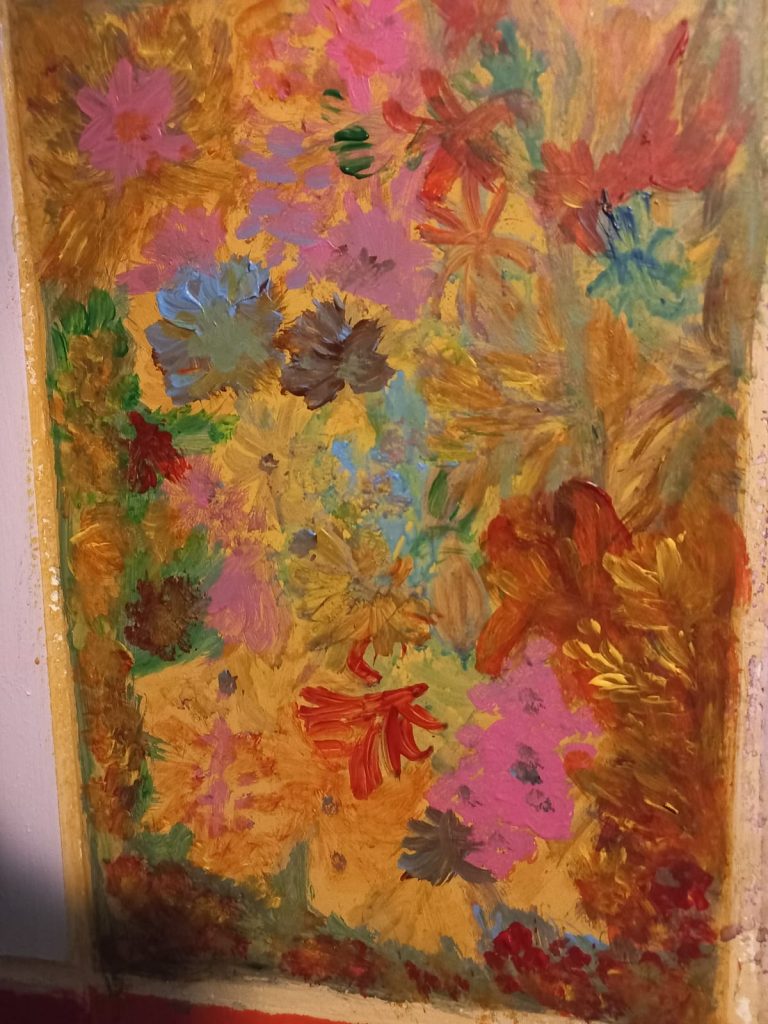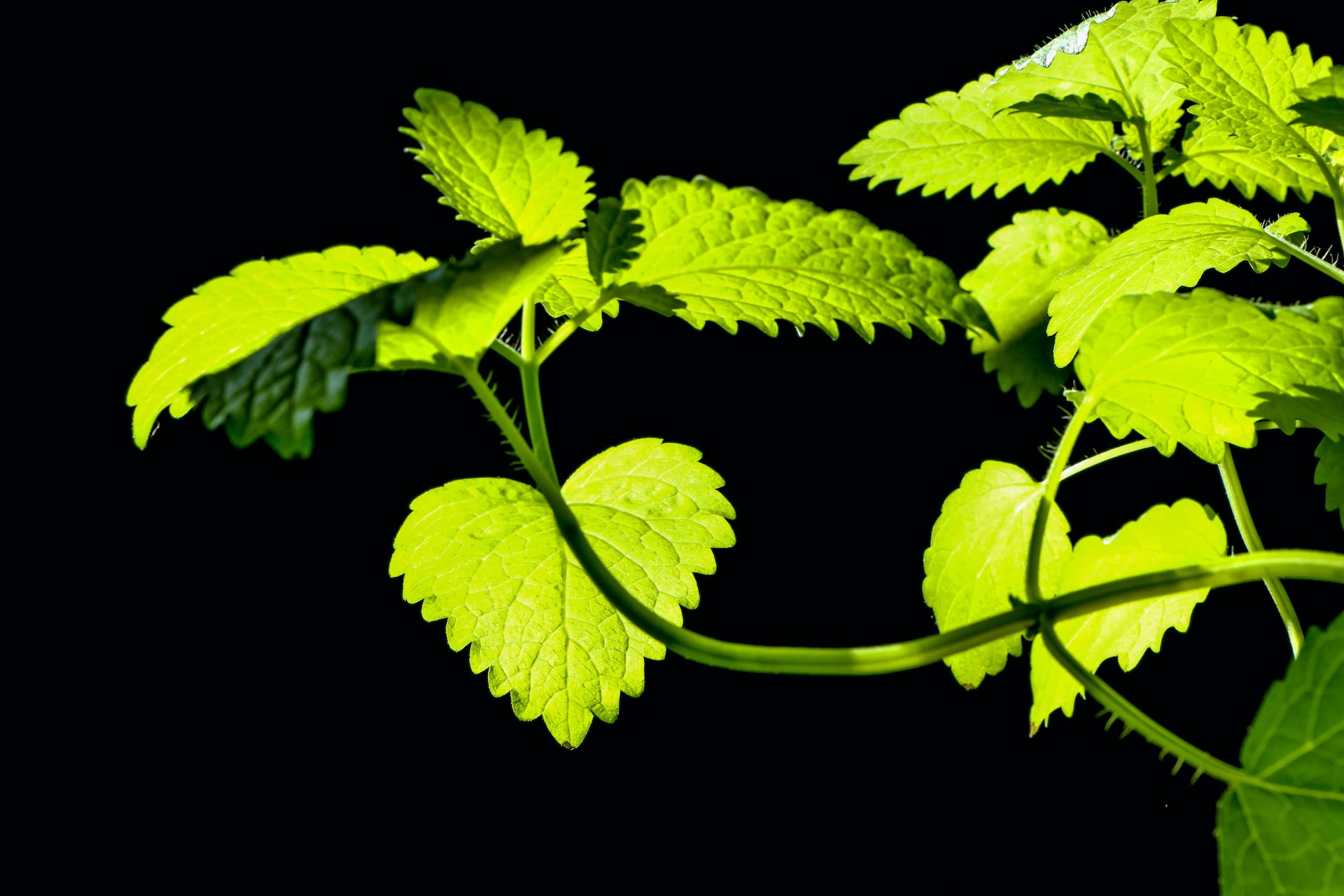
Melissa officinalis or Lemon Balm, a perennial herb up to 100 centimeters in height, native to southern Europe, North Africa, and Anatolia, cultivated today for its aromatic foliage and sweet odor, that of lemon, has a long and mysterious history and is one of the very renown healing aid that Mother Nature has given to humanity.
The Hellenic Greek ‘Melissa’ means both ‘bee’ and ‘honey’.The botanical suffix ‘Melisa’ bears reference to the large quantity of honey contained in the flowers. Plural ‘Mellisa’ means ‘hive of honey bees. Later it was discovered that Mellisa contains even honey, which attracts bees.
The Greek knowledge was that Melissa was a nymph from the underworld which helped humanity teach them to use honey. Other sources mention that Melissa was the name of the Greek goddess Artemis, the haunt Goddess.
Conform Pliny the Elder (roman philosopher – sec. I) in Efes was celebrating the ‘Mother of Bees’ which is the Great Mother Cybele the Goddess of Vegetation, Mother Nature. Her priestesses ‘Melisai’, meaning ‘the right ones’, was supposed to go to Heaven as the bee returned to her hive.
The sacred flower Melisa is the most attractive plant for bees and those who were raising bees use it up to our days to lure the bees to the hive.
In “Odyssey”, The Greek Epopey, Homer, the father of the great sagas in the world, attested that the name Melisa means “the sweet balm”.
In the ninth century, the first Holy Roman emperor Charlemagne was the first who brought this plant to the monastery where he recommended it to be cultivated in monasteries gardens. In the middle age, monasteries were medicine centers for nobility but also healing centers for the poor.
Here the wise Carmelites, the monks from the Carmelite Monastery were inspired to invent a sweet perfume that was destined to be very renowned as Carmelite Water.
The powerful aroma of the plant was very appreciated mainly in a time when bathing was a rarity. From there the perfume was remarked upon by the France Regality, in particular by the King of France the XIV, either the XV or the XVI. But the patent was detained only by the Carmelite monks – perhaps that it was made from a spirit of balm with lemon peel, nutmeg, and Angelica root Angelica Archangelica, the angel’s herb).
And so the enchanting water rich the Renaissance in which time the essence was transformed into liquor.
The monasteries Chartreuse and Benedictine wisely added 27 other herbs to this liquor based on the science of another Venetian monk, Don Bernard Vincelli, and transformed it into the most curative elixir.
In the middle age, Melisa was still used in sauces. But in the Renaissance, this liquor was used in healing chest pain and easing breathing.
This elixir has become the ‘vita longa” elixir. Dioscorides has written in his Herbal that it comforts the heart and drives away melancholy. It was called ‘Aqua Vita’ and started to be added in baths, recommended to soothe passions of the heart.
Lemon Balm was one of the most sacred druid herbs along with wild mint and vervain.
Shakespeare has mentioned it in many of his plays referring to it as the herb with which the kings were anointed. A less known play of William Shakespeare, in fact, a variant of Romeo and Juliet is “Romeo and Melissa”. Shakespeare was a very mystical lover of nature. Many critics of his work had written that he was raised in the Arden Forest among trees and wild beasts and he was supposed to know the magical ways of Nature. He also wrote beautiful verses: “Sweet are the uses of adversity and this our life from public haunt finds tongues in trees, books in the running brooks, sermons in stones and good in everything. I would not change it” (the play “As you like it”, act II, scene I).
Arab physicians also loved Melisa, named it “Baume” and recommended it for hypochondria and affections of the heart they say that it “makes the heart merry and joyful”.
Pliny the Elder describes it as a herb with great magical virtues. Later it was written based on Pliny: “though it be but tied to his sword that hath given the wound, it stanched the blood. This is mysterious healing that the Italian writer Umberto Ecco also described in his “Island of yesterday” and he explains that the old method to treat a wound was by pointing not at the wound but the blade of the sword that cut the wound.
Hebrew “balsamic” is another name for Melissa man “chief oil”. And another explanation for treating wounds so well is that the great concentration of oil made a surgical role in treating wounds.
Nicolas Culpeper, an herbalist, and astrologer of the XVII century affirmed that “lemon balm” is the herb of Jupiter and his virtue is to strengthen man’s nature. Also, he discovered that the plant helps remove from the heart and artery spirits located there that produce melancholy.
A variant of the legend of Wandering jew wrote that the wandering Jew who was doomed to wander the Earth reached a cottage and when he asked for water the cottager said to him: “Friend, I will tell thee what man shall do, and by the help and power of Almighty God above, you shall be well. Tomorrow when you risest up, go into the garden and gather three Balm leaves and put them into a cup of thy small beer. Drink as often as you need, and when the cup is empty fill it again and put in fresh balm leaves every forty days and then shall see through our Lord’s great goodness and mercy that before twelve days shall be passed, thy disease shall be cured and thy body altered”.
A more interesting note of Paracelsus (Aureolus Philippus Theophrastus Paracelsus Bombast – 1493-1541), the father of Spagyric Art, a branch of Alchemy, transformed it into an elixir which he called ‘primum ens melissae’, “the life elixir” claiming that it gives immortality.
Paracelsus, the father of Natural Medicine, a great magician alchemist and healer had chosen to work on with Nature elements and that detain the alchemical art to extract the “essence” of an herb, the “predestined element” or “the first life” declared in his writings that Mellisa is “a plant worthy of holding in the vegetable kingdom the same rank as gold” having in itself “the virtues of nearly all the vegetable essences”.
He collected the plant before the rising of the sun and through alchemical means, among others purification of the gross matter, he extracted the true spirit of the plant, which looks emerald in appearance, the green color of hope and spring, which today make the base of Absinthium.
The primum Ens Melise that cures all the disorders in the mankind formula is described by Paracelsus in his Book of Elements as the quintessence. “I have shown in my book of Elements that the quintessence is the same thing as mercury” but philosophic mercury “a mercury whatever Wisemen seek, of which everybody has its own”. “The true mercury of philosophers is the radical humidity of each body and its veritable semen of essence”.
